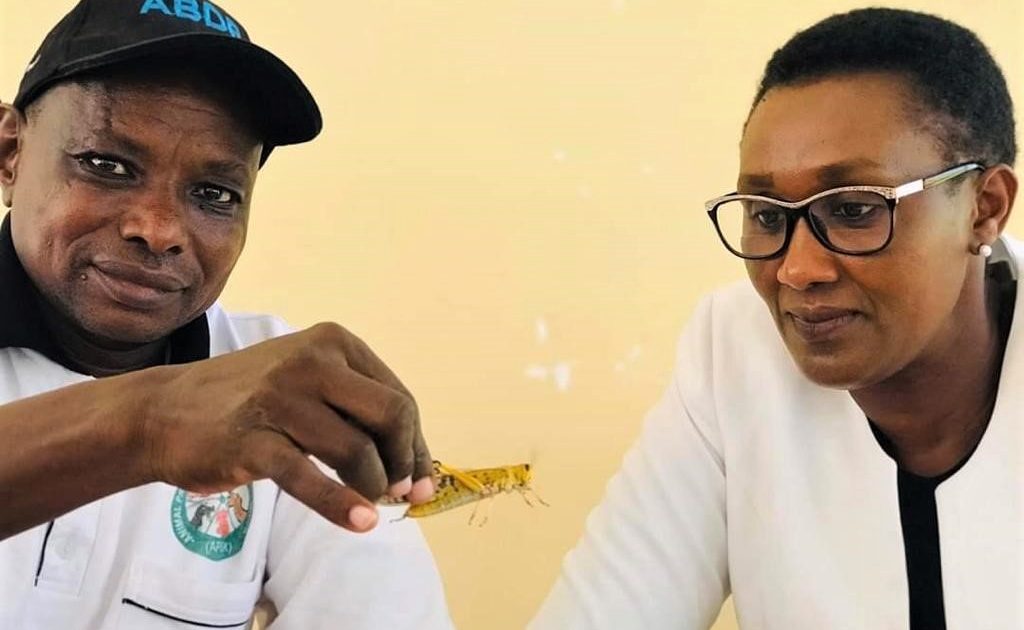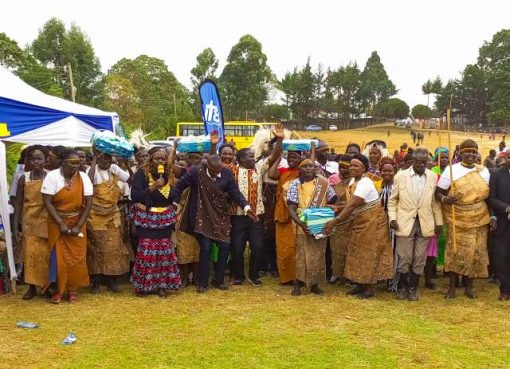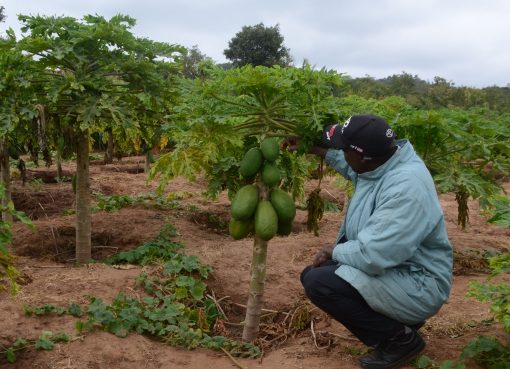Over 600 hectares of land in Kajiado County is now under locust invasion.
According to a status report on desert locust invasion in the county, Kajiado South is the most affected with 294 hectares already infested. Kajiado Central and Kajiado East infestation is currently at 204 and 140 hectares respectively.
The affected areas include: Illmukutani, Lekisim Selengei, Noonpopong’, Lele, Meto, Ilmunyi, Matapato North, Oloolotikoshi, Imbirikani, Sholinke, Eseki, Oldonyo lodge and Olobelbel. Other areas affected are: Olomunyi, Onkorika, Kikuro, Malilima and Elobirir.
According to the County Director for Agriculture Robert Nyaroo, the desert locusts are mostly roosted on tree tops, land, hilly and thick shrubby areas.
Nyaroo noted that a huge chunk of pasture in the semi-arid area which mainly relies on livestock keeping has been destroyed.
County Executive Member for Agriculture (CECM) Jackline Koin however revealed that aerial spraying of insecticides which focused on the swarms before they can mature and lay had already been done.
Koin added that for areas that are easily accessible, the locusts were sprayed with insecticides using Vehicle Mounted Sprayer (VMS) and spot spraying using the motorised Knapsack sprayer.
She noted that aerial spraying was done in areas that have bad terrain and in other areas members of the community scared the locusts using twigs and making noise using metal objects and hooting motor cycles.
“There are areas after consultations with the community, we opted not to use the VMS, but opted to scare the locusts away. This is because of pastures and near -by watering points for the livestock,” said Koin.
Koin advised residents not to graze their livestock in areas where spraying has taken place, for two weeks, to allow the potency of the chemicals to decline as they are not safe for livestock and humans.
The CECM revealed that the County Government had set aside Sh 5 Million to fight the desert locusts and asked locals to report sightings to the local administration or agricultural officers for prompt action.
The Desert locust was first reported in Kajiado County on February 17,2021, reportedly entering the county from Makueni County through Salama.
Last month, the Intergovernmental Authority on Development (IGAD) Climate Prediction and Applications Centre (ICPAC) warned that at least 23 counties in Kenya are at very high risk of fresh invasion by swarms of desert locusts.
According to ICPAC, Kajiado County was among the counties at very high risk of significant negative impact by the locusts’ invasion.
Others included Garissa, Mandera, Isiolo, Tana River, Lamu, Kilifi, Taita Taveta, Kwale, Machakos, Kitui, Embu, Meru, Tharaka Nithi, Samburu, Kirinyaga, Narok, Migori, West Pokot, Bungoma, Kakamega, Trans Nzoia and Turkana.
The first wave of desert locust entered Kenya early in 2020 through Ethiopia and Somalia invading the counties at the borders before spreading to other parts.
by Diana Meneto and Rop Janet





